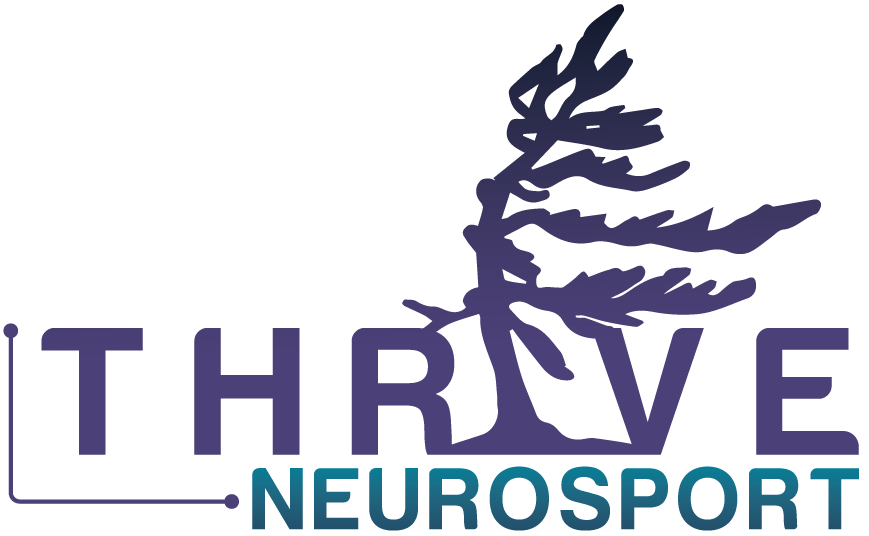Most kids recover quickly from concussion (great news!). Unfortunately, about one-third will have symptoms that last for weeks to months. These symptoms interfere with important activities that kids like to do. We are learning that removing kids from activity they care about is not good for their recovery. But we also know that after a concussion they cannot tolerate all the activity they do on a regular basis. It’s important to find the right balance of activity and rest to facilitate recovery from a concussion.
At the Montreal Children’s Hospital, there is a program called Active Rehabilitation for concussion. This program is specifically for kids who experience long lasting symptoms. The main goal of the Active Rehabilitation program is to use exercise to help kids recover from their symptoms. Kids work with physiotherapists to identify how much activity they can tolerate. They do aerobic, coordination, and visualization exercises. It means kids who are recovering from a concussion will 1) begin aerobic activity (ex. ride a stationary bike or go for a walk), 2) do some sport exercises on their own (ex. stick handling or dribbling), and 3) they will imagine themselves returning to their previous activities.
Over the past decade hundreds of kids have participated in this program. We were interested in how these kids’ symptoms changed while doing the Active Rehab program. So, we did a study to find out. We looked at their charts to see how symptoms changed over time. We had a record of their symptoms before and after they started the active rehabilitation program.
We looked at the charts of 277 kids. The average age was 14 years old. These youth had been experiencing concussion symptoms for about 1 month. That’s a long time for kids to be inactive and many were still not back at school full time. Symptoms like headache, dizziness, and difficulty concentrating, are common after a concussion. To see how kids are feeling we ask them to rate these symptoms scored on a Likert scale from 0 to 6 (0= None, 6= Severe). Then each of these symptom scores are added together. Before active rehab, the average symptom score was 18 on the symptom scale. Here’s an example of what a score of 18 points looks like (highlighted in red). After 2 weeks doing the active rehab program, these kids symptoms went down to 9.5 (highlighted in green). Kids were feeling better! They weren’t 100% yet but they were heading in the right direction.
Example Symptom Score of 18 (Before)

How can I do Active Rehabilitation with my patients?
The graphic below shows the components of the Active Rehabilitation Program. At the Montreal Children’s Hospital this program starts in-clinic with a therapist and then continues as an individualized home program. Patients are monitored with phone calls and have regularly scheduled follow-up appointments. Our clinicians regularly monitor the symptom status of patients as they progress through the first active rehabilitation session. It is advised to discuss with your patient that they might experience an increase in symptoms when they start to increase their activity level. We advise patients to keep a log book of the activity they are doing and their symptoms. This tracking can help patients understand how much activity they can tolerate without aggravating their symptoms. The length of time that patients do the active rehab program varies from person to person. When patients become symptom free, they are advised to start a formal return to play protocol. The graphic below is a guideline, as always, use your clinical judgement to guide you.

| Gagnon, I., Galli, C., Friedman, D., Grilli, L., & Iverson, G. L. (2009). Active rehabilitation for children who are slow to recover following sport-related concussion. Brain injury, 23(12), 956-964. |
Important notes: This information assumes that your patient has a diagnosed concussion and has had a medical evaluation from a physician. The focus of this study was on symptom resolution which is just one part of recovering from concussion. Active Rehabilitation is only one component of returning youth to their pre-injury activities. A full assessment of your patient may indicate that they require additional therapeutic treatment (ex. For neck pain, for vestibular dysfunction etc.). Active Rehabilitation is not intended to be the sole component of the recovery process following a concussion. Further, the transition to return to school and return to activity/sport are essential components of the recovery process which must be designed for patients on an individual basis. Each patient presents with unique impairments and their rehabilitation and return to meaningful activity should follow a tailored approach.
Article citation: Evaluation of an active rehabilitation program for concussion management in children and adolescents, DM Dobney, L Grilli, H Kocilowicz, C Beaulieu, M Straub, D Friedman, I Gagnon. Brain Injury 31(13-14):1753. Taylor & Francis 2017,0269-9052
Biography: Danielle Dobney is a Certified Athletic Therapist and Registered Kinesiologist with the Canadian Women’s National basketball team. She has a master’s degree from the University of Toronto and a PhD from McGill University in Rehabilitation Sciences. Danielle is currently a post-doctoral fellow at York University at the Sherman Health Science Research Centre.


